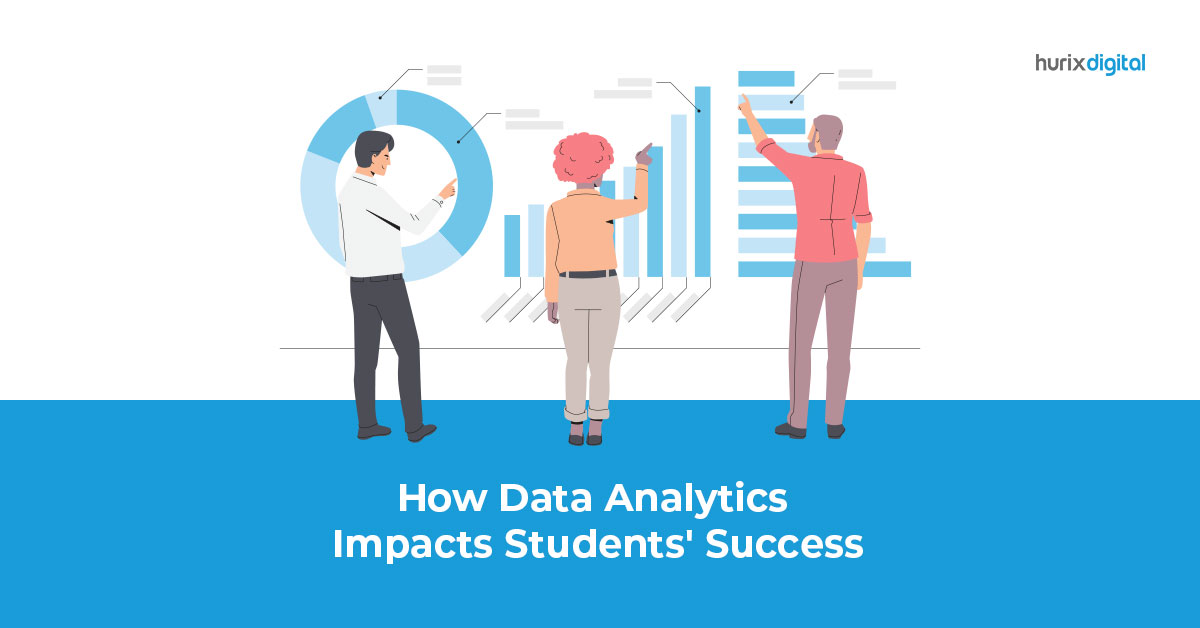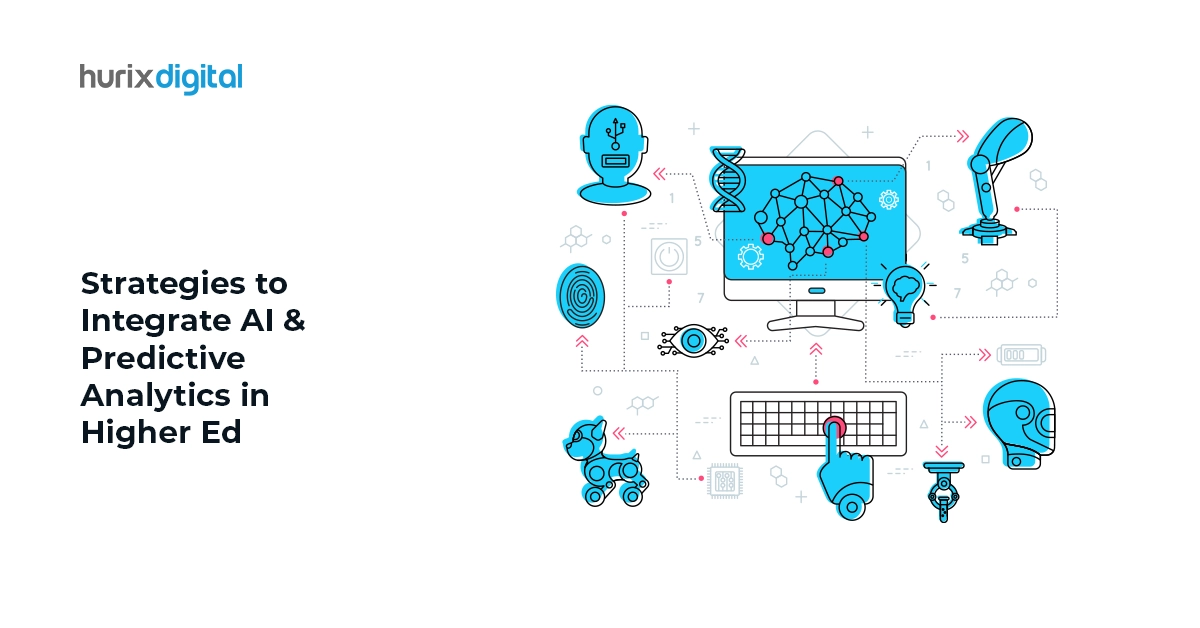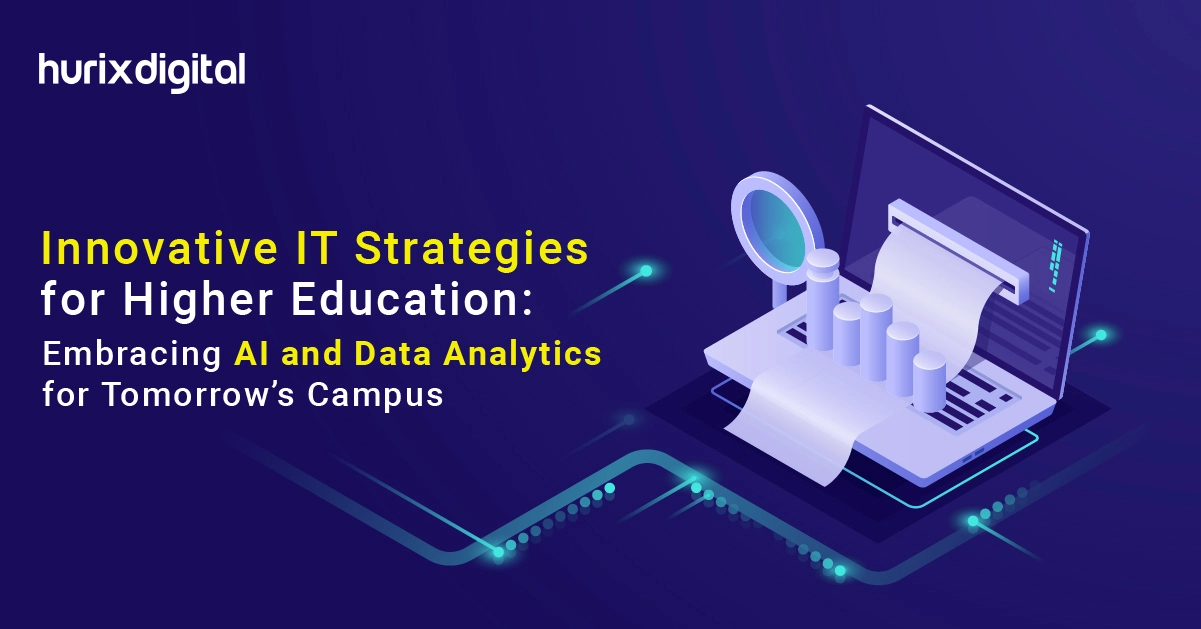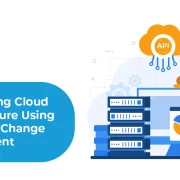
Your Guide to Enhancing University Enrollment with Data Analytics
Summary
This blog explores how data analytics helps universities optimize enrollment, target high-potential candidates, and use AI and predictive analytics to personalize recruitment.
The higher education scene today is much more dynamic than ever before, making it extremely competitive to attract top-tier students.
With over 14 million students enrolled in higher education institutions in the United States alone, universities face a challenge in attracting and retaining qualified talent.
In that respect, traditional recruitment methods fall short. They are not as accurate or insightful in targeting the right students or optimally allocating resources. Data analytics in education has become a powerful tool here.
By utilizing the rich data from students, the colleges will have an edge to be competitive, learn what is coming ahead of time, and use the data to inform themselves for better enrollment success.
Table of Contents:
- The Data Advantage: Why Data Analytics is Key to Enrollment Success
- Key Data Points for Effective Enrollment Management
- Mining Your Data Gold: Key Metrics for Enrollment Optimization
- Data-Driven Decisions: From Insights to Actionable Strategies
- Toward the Future: Emerging Trends in Data-Driven Enrollment
- To Wrap Up
The Data Advantage: Why Data Analytics is Key to Enrollment Success
The world is increasingly data-driven, and any university making the most of the data analytics in education power will be competing in the higher education system.
Analyzing huge amounts of data reveals precious information regarding students’ behavior, likes, and trends. The data-driven approach at universities ensures that such decisions are well-informed for recruitment strategy, campaign marketing, and financial aid.
This benefits the university institutions in optimizing enrollment strategies and data analysis, which includes:
- Revealing Trends: It is only through data analysis that a hidden trend and pattern can be unveiled. Therefore, you find your student segments with different needs and preferences where you could tailor outreach.
- Predictive Behavior of Students: Using historical data, you can predict which students are most likely to apply, enroll, and thrive at your university. This will help you reach out and target resources accordingly.
- Streamline Registration Process: Understanding bottlenecks and inefficiencies in the registration process through data insights can be adapted to streamline procedures that make registering easier for prospective students.
Also Read: Budgeting for AI – Cost Considerations for Educational Technology Leaders
Key Data Points for Effective Enrollment Management
An application of data analytics in education requires that universities focus first on collecting and analyzing those points that are right, which can only be achieved by tracking the key metrics from application rates, acceptance rates, yield rates, enrollment trends, and so many others.
Further demographic data regarding academic performance and financial aid utilization will further help unveil student behavior and preferences. To reach your enrollment numbers, gather the right sets of data to analyze:
- Demographic Data: This includes age, location, ethnicity, socioeconomic background, and prior educational experiences.
- Academic Performance Data: Analyze high school transcripts, standardized test scores, and past academic performance.
- Financial Aid Information: Track financial aid applications, awards, and student loan trends.
- Engagement Metrics: Analyze website traffic, application completion rates, social media engagement, and event attendance to understand student interest.
Mining Your Data Gold: Key Metrics for Enrollment Optimization
Maximize the analytics of the data on only a few key metrics that will significantly improve success in enrollment. The average university generates significant amounts of student data. To find actionable insights, focus on the following:
- Recruitment Funnel Analysis: Track student movement through your recruitment channels (e.g., website visits, info sessions). This helps identify areas for improvement and optimize your outreach strategy.
- Application Conversion Rates: Analyze the percentage of students who inquire, apply, and ultimately enroll. Identify what factors influence conversion and leverage that knowledge to boost enrollment.
- Student Retention Statistics: Track student progression and graduation rates to identify opportunities for improvement in learning support services and student engagement initiatives.
Data-Driven Decisions: From Insights to Actionable Strategies
The term “data analytics” in education refers to the process of gathering, evaluating, and applying insights to decision-making. Universities can then enhance their marketing initiatives, create a targeted recruitment plan, and enhance the student experience using data-driven insights.
By ensuring that every choice is backed up by facts, this data mining technique improves the effectiveness and efficiency of the enrollment management process. The institutions will have the ability to convert their data into useful insights into strategies that can be put into practice.
Better decision-making based on data guarantees that the organizations can do the following:
- Personalizing the Student Journey: Tailor content and communication based on individual student profiles and interests. This creates a more engaging experience and showcases your university’s unique value proposition.
- Finding High-Potential Candidates: Make use of data to find students who meet your admissions requirements and have a strong track record. Scholarship possibilities and focused outreach are made possible by this.
- Enhancing Advertising Campaigns: Examine the efficacy of various marketing platforms and modify your budget as necessary. Campaigns should target the most likely-to-convert demographics.
- Allocating Resources for Maximum Impact: Based on data analysis, direct resources to projects and activities that have the best chance of increasing enrollment.
Toward the Future: Emerging Trends in Data-Driven Enrollment
Under these circumstances, enrollment management is moving toward a more data-driven future. New developments in artificial intelligence, machine learning, and predictive analytics are altering how colleges handle enrollment and recruitment.
Institutions can feel considerably better about student behavior and the possibility of future enrollment with the help of these technologies. Every day, the field of data analytics in education is evolving.
Consider the following two emerging trends in this regard:
1. Artificial Intelligence Applications
Artificial intelligence is identified as a powerful ally that higher education institutions can exploit to optimize their enrollment process. AI-driven personalized learning contributed to an impressive growth rate of 62% regarding test scores and academic performance.
AI can indeed provide insights through automated procedures and the analysis of data in huge volumes, leading toward informed and data-based decisions.
- Student Lead Scoring: With the advancement of AI-based lead-scoring models, students will be scored automatically by all the parameters, including demographics and academic performance. Hence, admissions teams can work with the highest quality leads and place all the resources correctly.
- Predicting Success Among Students: AI algorithms may scan through historical data and come up with predictive patterns regarding which students might perform better. By pointing out early those at-risk students, the institution could support and intervene, eventually enhancing the retention rates for such students.
2. Predictive Analytics for Personalized Learning
Predictive analytics is one of AI’s applications. It bases its predictions on historical data to make projections about the future. Thus, predictive analytics can personalize the learning experience for individual students in higher education.
- Personalized Learning Paths: AI systems will identify the style, rate of progression, and strengths of each student and recommend a personalized path to learning. This can spur enormous levels of student engagement and motivation.
- Early Intervention: Predictive analytics can flag students as likely to fall behind before that happens. Thereby, early intervention strategies such as targeted tutoring or academic counseling can keep them on the right track and improve their chances of success. This has proven to raise retention rates amongst students from 3–15%, respectively.
Also Read: Unlock the True Potential of AI Data Analytics in Higher Education
To Wrap Up
Data analytics in education has emerged as a powerful and strategic tool for universities to optimize enrollment strategies.
Universities can make strategic data-driven decisions while strengthening their outreach and resource utilization, thereby attracting the ultimate student body.
Are you ready to know your power in data and revolutionize how your university approaches enrollment strategy? Hurix Digital can help. With our advanced data-driven solutions, we provide actionable insights and predictive analytics to refine recruitment efforts, target high-potential candidates, and enhance resource allocation.
Talk to us today and explore how our data-driven solutions can help you achieve your enrollment goals!

Currently serving as the Vice President of Technology Delivery Operations at HurixDigital, a prominent global provider of digital content and technology solutions for publishers, corporations, and educational institutions. With over 16 years of experience spanning EdTech and various domains, I hold certification as a SCRUM Product Owner (CSPO). My expertise includes operations, finance, and adept people management skills.








